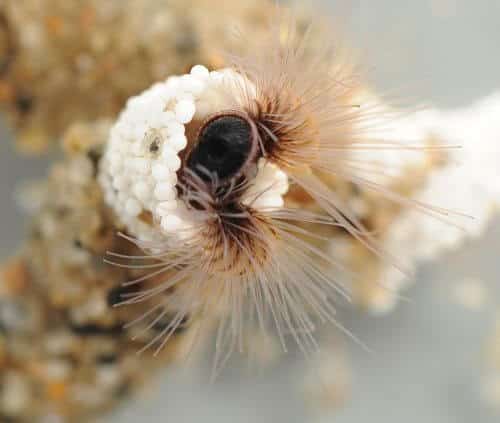Recently, the French company Gecko Biomedical Received sales approval in Europe for biomimetic medical glue. The company was established in 2013 by Prof. Karp, in collaboration with a graduate of his laboratory, Maria Ferreira. Karp, a mechanical engineer by training, is a serial biomimetic entrepreneur who devotes much of his time and the time of the 25 researchers in his laboratory to biomimetic developments in various fields.

By: Dafna Haim-Langford
One of the topics that keeps Karp and his team busy is medical adhesives. One of the significant challenges in surgery is not how to cut, but mainly how to reattach. It is true that it is possible to sew and attach and sometimes to glue, but when it comes to an active blood vessel or irrigation of parts of the digestive system, leakage from the place of connection can lead to death. Several companies face the challenge and develop an effective adhesive for a wet environment. between them Silentis and Life Bond The Israelis we have already told about in the past.
Karp and Ferreira approached this challenge after hearing about the great difficulty in sticking cardiac blood vessels after heart surgery in children. The goal was to develop an effective adhesive in a wet environment, which would not be washed away in the blood stream, which would withstand the forces derived from the blood flow and which could be brought to the place of adhesion in a minimally invasive way.
The researchers began looking for solutions from the animal kingdom and, among other things, studied the adhesives of snails, nudibranchs and various marine molluscs. During the searches they read an article about worms called Sandcastle worms. These worms, it turns out, live in shallow waters off the coast of California and build shelters for themselves out of leftover sand and clams using a viscous substance they secrete. It was found that this material, in addition to being viscous and sticky, is hydrophobic and therefore protects their shelters from the waves.
During the years of research, the researchers examined the viscous glue secreted by the worms, synthesized it in the laboratory artificially and tested different levels of adhesion and viscosity. Some of the products were too thin and not sticky enough, some of the products were too sticky and therefore did not spread easily on the tissue.
During the experiments, it became clear to the researchers that the fact that the glue "sits" on the tissue is not enough, air bubbles or blood must be prevented from leaking through it. In order to create a perfect adhesion, Prof. Karp studied how the ivy sends tendrils towards the walls of houses and only when the tendrils touch the wall, a biological glue is secreted that fixes the plant to the structure. Using the ivy-inspired bonding technology in combination with the worm-inspired adhesive led to the best bonding results since it created bonding not only between two smooth surfaces, but also similar to ivy bonding when the surface is uneven.
Each of the lab-made adhesives was tested on animal tissue and then on a model animal before the researchers felt ready enough to try the adhesive in human clinical trials. First, in order to obtain CE approval for the sale of the medical adhesive in Europe, the adhesive was tested on approximately 36 people who underwent vascular surgery in four hospitals in France, and now the company plans to conduct another trial in the USA in order to obtain FDA approval for its sale in the USA as well.
More of the topic in Hayadan:
